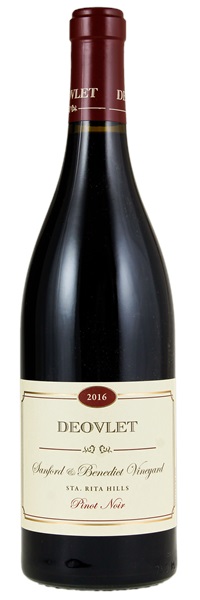
Image above is an example. To view the image of the lot, click the item number.
Estimate
...captivating notes of black cherries, blackberries, ground herbs, forest floor, and scorched earth...medium-bodied richness...vibrant, racy texture, and present tannins... It's the real deal.
...beautiful perfume of cranberry jelly, woodsmoke, strawberry and raspberry preserves with notes of burnt orange peel, dried leaves, tea leaves, potpourri and amaro...light to medium-bodied, silky, delicate and intense, with bright, bitters-laced fruits and a grainy frame, finishing lifted and fresh.
An explosion of red and purplish berry fruit makes for a strong opening... Exuberant, racy and full of flavor...offers notable intensity while retaining the mid-weight style...
Strong aromas of red currant and boysenberry meet with crushed rocks and intense herbs on the nose...palate combines deep fruit flavors with strong wild herbs and green peppercorns, finishing with a light caramel touch.